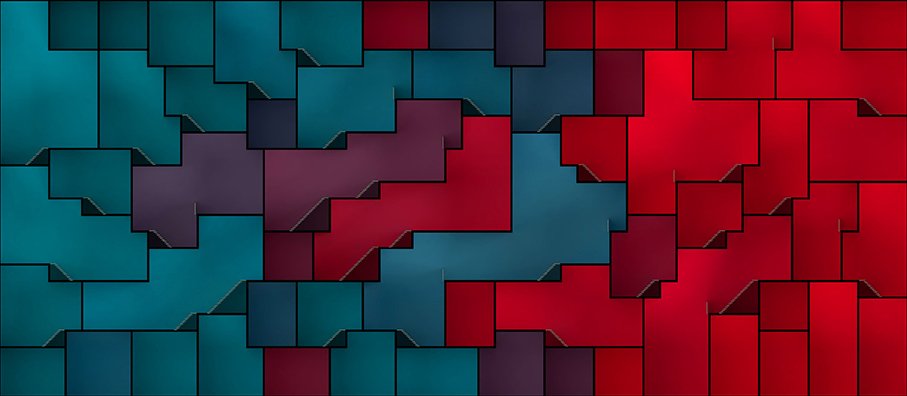Ing. arch. Mgr. art. Ján Pernecký
www.devs.sk | www.sub.digital | monoceros.sub.digital | www.facebook.com/janper
Graduated from Slovak University of Technology (Slovakia / 2007), Academy of Fine arts and Design (Slovakia / 2008), studied at Die Angewandte / Excessive III (Austria / Hernan Diaz Alonso, Steven Ma / 2011), a PhD. candidate at UMPRUM (Prague / Imro Vaško and Shota Tsikoliya / 2019 -).
Co-founded DEVS, a deep-tech company streamlining the building industry through computational design. Founded Subdigital, a studio aimed at digitally enhanced design. Co-authored a discrete design toolkit Monoceros and a standalone voxel-based morphing software H.U.R.B.A.N. selector.
Founded rese arch – a worldwide platform for supporting and teaching of conceptual and computational architecture and computational design tools.
Formerly a guest professor at an experimental architecture studio at VUT Brno, Czechia. Taught an online workshop at DigitalFUTURES World. Taught a software course at IAAC/MRAC and an introductory design workshop at B-Pro / UCL Bartlett and at die Angewandte / Studio Lynn. Lecturer, speaker and presenter of architectural concepts and a promoter of computational design. Conducting theoretical and applied research, publishing on theory of computational design. Since 2013 organized and taught dozens of live international workshops aimed at computational design, interactive design and robotic fabrication in Slovakia, Austria, Serbia, Czechia, taught workshops organized by universities in Italy, Poland, Spain, Austria, Slovakia, the UK, and Czechia. Regularly a jury at critiques, and diploma / PhD. reviewer at various universities. Organized a “rese arch MEETUP Conference” in Bratislava, SK, Paris, FR, Prague, CZ, and Paris, FR.
In 2012 represented Slovakia and Czechia with an exhibition named “Asking architecture” at La Biennale di Venezia.
Research
The use of computational design in architecture has been present since the 1970s, with high expectations of becoming the new mainstream. The digital discourse in architecture has been prone to temporary trends and shifts in focus. Despite numerous manifestos by leading architects and theorists, most computational approaches are abandoned prematurely, leaving their promises and expectations unfulfilled. Only a few sub-streams of computational design have managed to construct architectural-scale buildings. Most computational concepts are examined on virtual models and temporary pavilions, which have the power to influence the discipline but often do not comply with regulations, economic conditions, engineering, and construction processes.
To address this issue, the author proposes a strategy named Fluent paradigm, to preserve past approaches in the ongoing development of computational design, to mature the discourse and incorporate previous advancements into the current state of the art. The proposed creative method focuses on preserving endangered approaches, such as Emergence, Finite Combinatorics of Digital Materials, Deterministic Complexity and proposes new approaches, such as Design by Behavior, and Constraint Design. The fluent paradigm challenges the idea of a single architectural foundation and formal aesthetic, instead suggesting that creative approaches can vary throughout the design process. The fluent paradigm draws inspiration from computer science, where data can be observed and treated through various lenses without losing their original complexity.
The thesis delves into the two most dominant streams of computational design in architecture: the continuous and the discrete. Considering the unprecedented rise of generative artificial intelligence, the study examines the implications and consequences of these two streams. The author provides an in-depth examination of his own contributions to both discourses.
